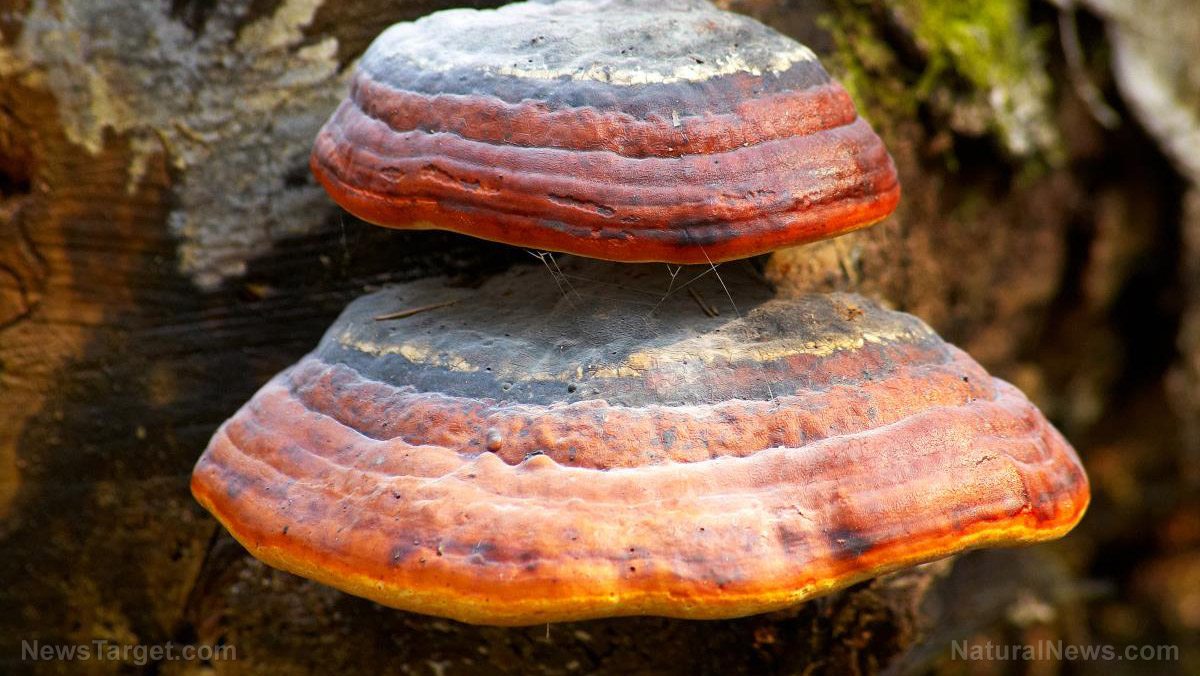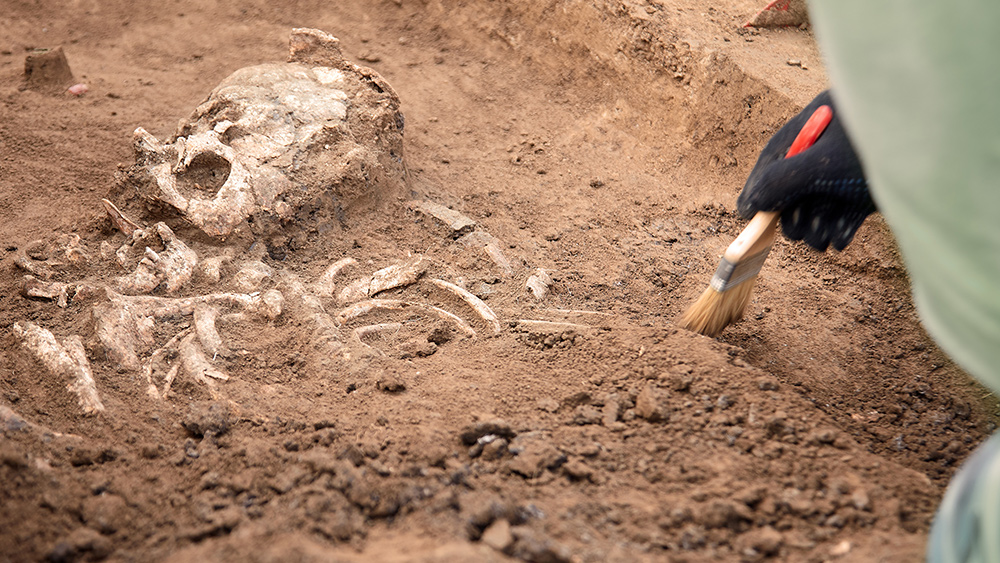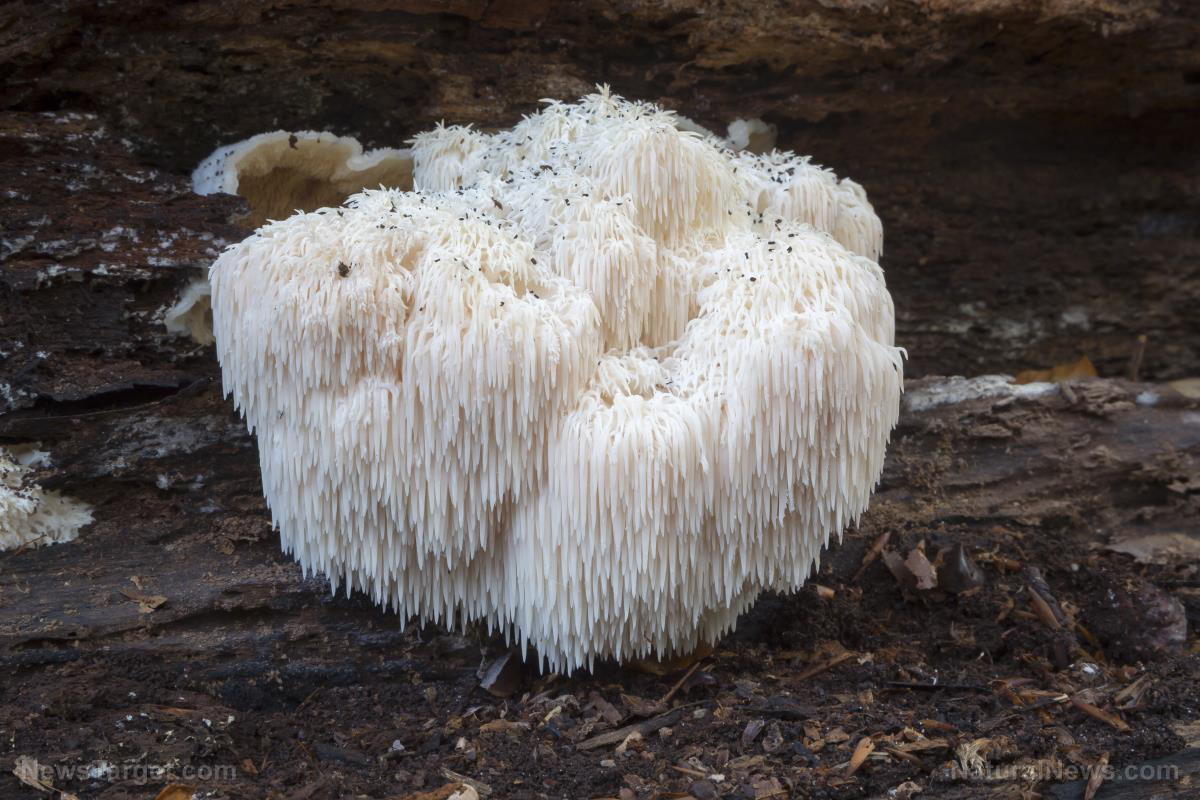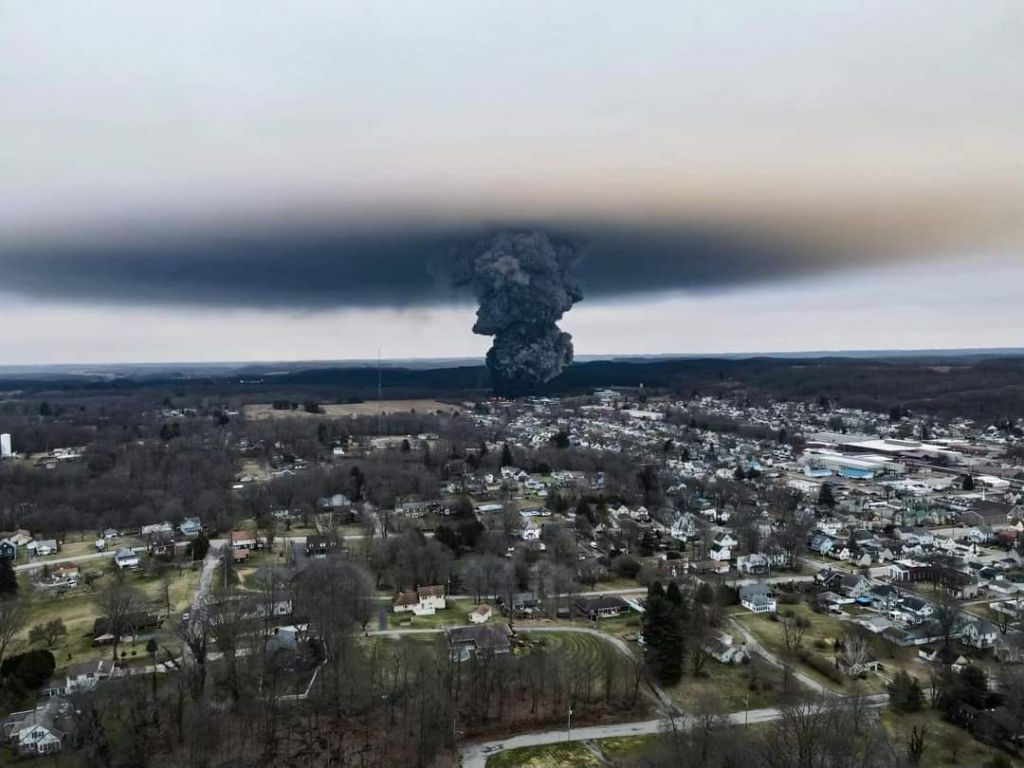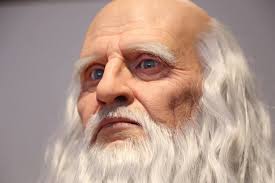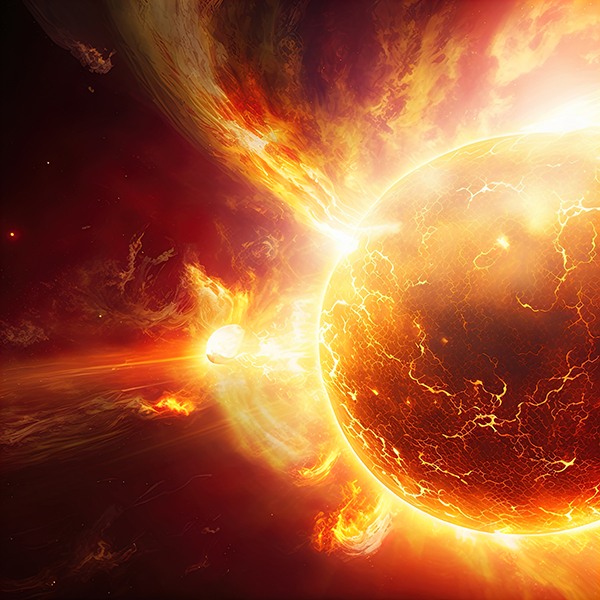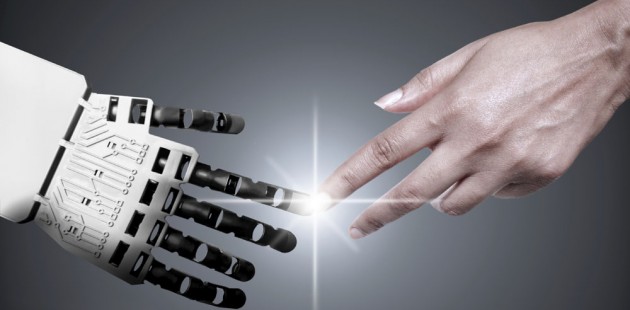Fool’s gold: Psyche asteroid once thought to be made of precious metals may contain more hard rock
02/28/2023 / By Zoey Sky

Earlier research suggested that the 16 Psyche asteroid, or simply Psyche, may be full of precious metals worth an estimated $10,000 quadrillion.
But a more recent study conducted by scientists from Brown University and Purdue University revealed that the asteroid may contain more hard rock than gold and other precious metals.
Details of the study were published in the journal Geophysical Research Letters.
Psyche is the 11th-most-massive known asteroid in the solar system.
In 1852, Annibale de Gasparis detected Psyche. He named the asteroid after the Greek goddess of the soul. It was the 16th asteroid ever discovered.
In 2026, NASA will send a mission to study Psyche and determine its origins.
According to experts, Psyche is a 124-mile-wide space rock that orbits the sun in the asteroid belt between Mars and Jupiter. It is the largest of the M-type asteroids that are composed of iron and nickel.
On the other hand, other asteroids are usually made up of silicate rocks.
Yet when experts view Psyche from Earth, the heavenly body sends mixed signals about its composition.
Psyche’s surface looks very metallic when viewed from Earth
The light Psyche reflects suggests that its surface is mostly metal. This led experts to hypothesize that it may be the core of an early planet whose rocky crust and mantle were destroyed by an ancient collision. (Related: Asteroid that killed dinosaurs also caused GIANT tsunamis.)
But the way Psyche’s gravity tugs on neighboring bodies suggests that it is less dense than a giant hunk of iron should be. This means that if Psyche is full of metal, it would have to be very porous.
According to researchers, this can be compared to a giant ball of steel wool with two almost equal parts: void space and solid metal.
Fiona Nichols-Fleming, a Ph.D. student at Brown and the study’s lead author, explained that she and her colleagues conducted the study to find out if it was possible for an iron body the size of Psyche to “maintain that near-50 percent porosity.”
Nichols-Fleming reported that this was “very unlikely.”
In a recent study, Nichols-Fleming and her team developed a computer model based on known thermal properties of metallic iron to find out how the porosity of a large iron body would evolve over time.
The model revealed that to remain highly porous, Psyche’s internal temperature would have to cool below 800 Kelvin (K) (980 F) very shortly after its formation. At temperatures above that, the iron would have been so malleable that Psyche’s own gravity would have collapsed most of the pore space within the asteroid’s bulk.
According to what has been confirmed about conditions in the early solar system, it’s highly unlikely that a body of Psyche’s size could have cooled so quickly.
Nichols-Fleming and her fellow scientists also said any event that may have added porosity to Psyche after its formation, like a massive impact, would likely have also heated Psyche back up above 800 K.
The findings imply that any newly introduced porosity would have been unlikely to last.
Based on their findings, the scientists believe that Psyche probably isn’t a porous, all-iron body. Instead, the asteroid may have a hidden rocky component that drives its density down.
If this is true, the research team said there are possible explanations as to why Psyche’s surface looks very metallic when viewed from Earth.
One is ferrovolcanism, or iron-spewing volcanoes. If Psyche had a rocky mantle and iron core, it would have brought large amounts of the core up to the surface to form an iron coating atop its rocky mantle.
Earlier research has suggested that ferrovolcanism is possible on an asteroid like Psyche.
According to another study, Psyche was more likely a pile of rubble.
The research, published in the Planetary Science Journal, reported that Psyche is 82.5 percent metal, seven percent low-iron pyroxene and 10.5 percent carbonaceous chondrite.
It could also have a bulk density (how much empty space is inside) at 35 percent.
Those figures are well below previous estimates that said Psyche could contain as much as 95 percent metal. If this were true, this means the asteroid is full of iron, nickel and gold that could make everyone on Earth a billionaire.
Whatever Psyche’s true makeup is, experts think they can soon learn more about the mysterious asteroid.
NASA announced plans to launch a spacecraft that will converge with 16 Psyche after a four-year journey to the asteroid belt.
Nichols-Fleming expressed excitement about the mission because the asteroid is “such a bizarre and mysterious thing” and that any new discovery by the mission will be crucial “new data points in the solar system.'”
Visit Space.news for more information about other fascinating discoveries about space.
Watch the video below to know how NASA reported that something bizarre is moving across Antarctica.
This video is from the High Hopes channel on Brighteon.com.
More related stories:
For the first time, an asteroid has been found with essential ingredients for life.
Asteroid that wiped out dinosaurs may have created the Amazon rainforest, study suggests.
Rocket booster mistaken for an asteroid shows ‘Oumuamua is not just a space rock, astronomer says.
Sources include:
Submit a correction >>
Tagged Under:
16 Psyche, asteroids, cosmic, discoveries, M-type asteroid, metals, outer space, Precious Metals, psyche, real investigations, research, Space, space exploration
This article may contain statements that reflect the opinion of the author
RECENT NEWS & ARTICLES
COPYRIGHT © 2017 DISCOVERIES NEWS

